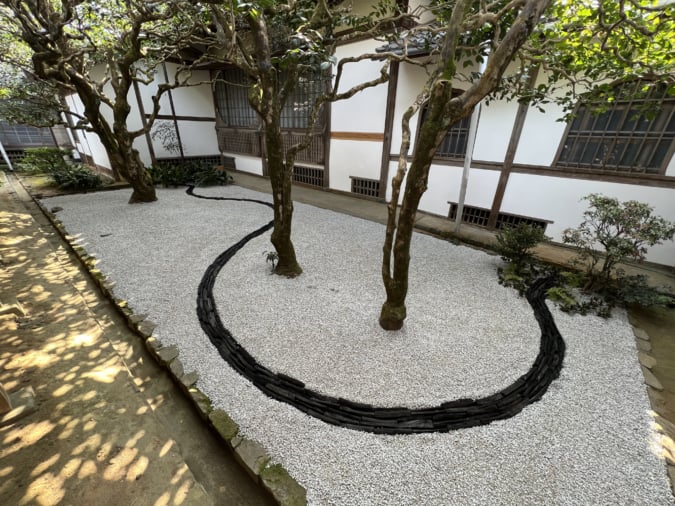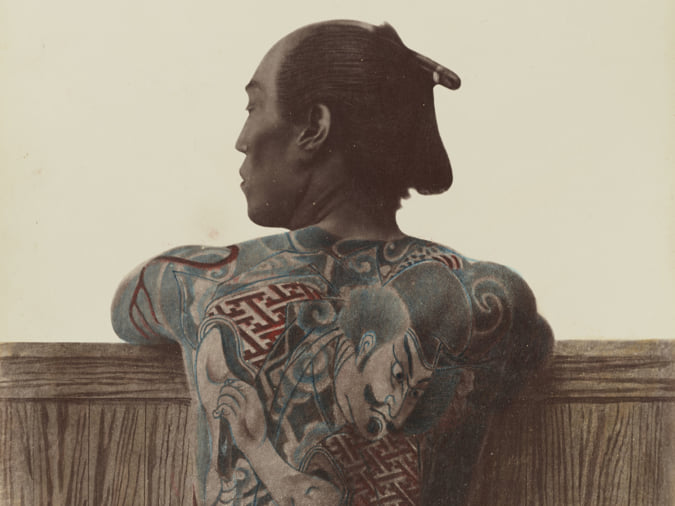Architectural Japonisme in France
In his book, Jean-Sébastien Cluzel goes back to the origins of this movement and seeks to unravel the secrets of Japanese spatiality.
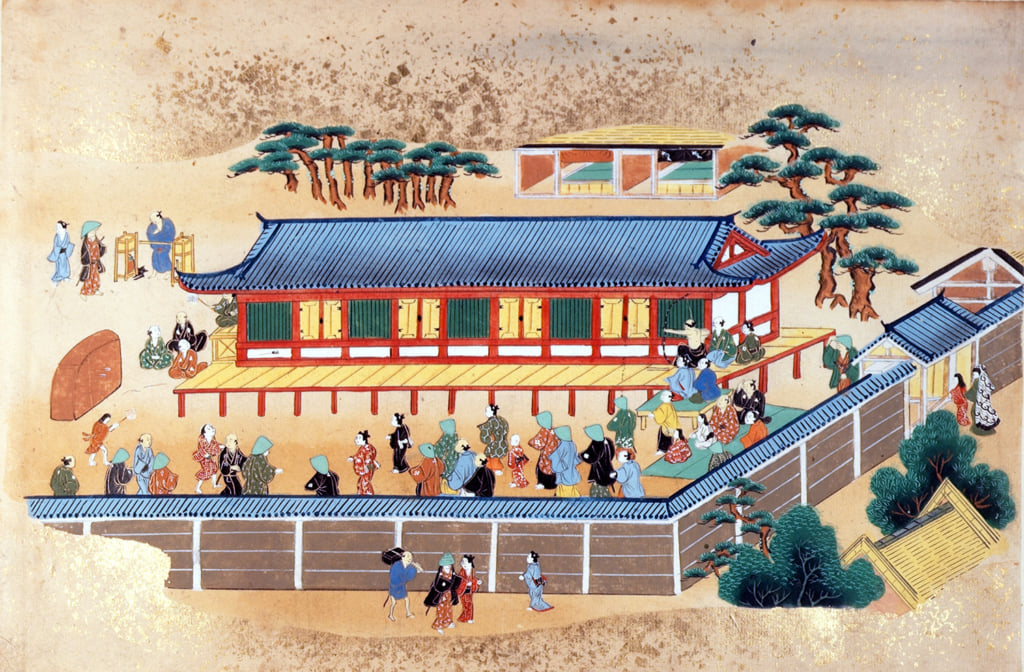
© Éditions Faton
Japonisme, or the influence of Japanese civilisation and art, first on French writers and artists, and then on those from the rest of the Western world, between the 1860s and 1890s, can also be viewed through the prism of architecture. Jean-Sébastien Cluzel, lecturer at the Faculté des Lettres (Faculty of Humanities) at the La Sorbonne, demonstrates this in the book he edited, Le japonisme architectural en France, 1550-1930.
Japanese architecture adapted to Western pleasures
To do so, he goes back to the origin of Westerners’ appetite for Japanese culture, born long before the golden age of Japonisme in the late 19th century, which took the form of an attraction to lacquer, porcelain, engravings, and Japanese furniture. Various colour illustrations supplement the historical and archaeological studies of buildings marked by these Japanese influences, although, as the author points out, they are not completely identical to those built in Japan.
In reality, it is a question of mixed architecture, imported from Japan but ‘adapted to Western pleasures.’ Thus, the book features the first tea pavilion built in France in 1885—the famous Midori no Sato by Hugues Krafft–the function room on the Rue de Babylone, now known as La Pagode, and the Japanese pavilions in the Jardin Albert Kahn.
The book reveals the mechanisms of this Franco-Japanese melting pot and seeks to unravel the mysteries of Japanese spatiality, drawing the conclusion that a form of Japonisme applied to architecture does indeed exist.
Le japonisme architectural en France, 1550-1930 (2018), a book edited by Jean-Sébastien Cluzel, is published by Faton (not currently available in English).
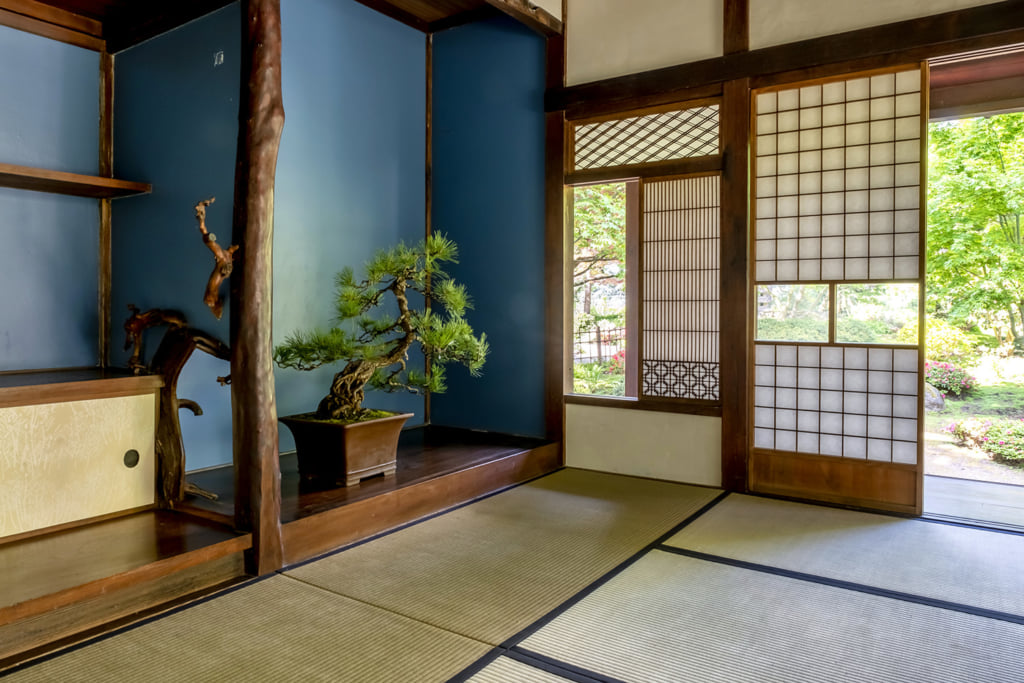
© Éditions Faton
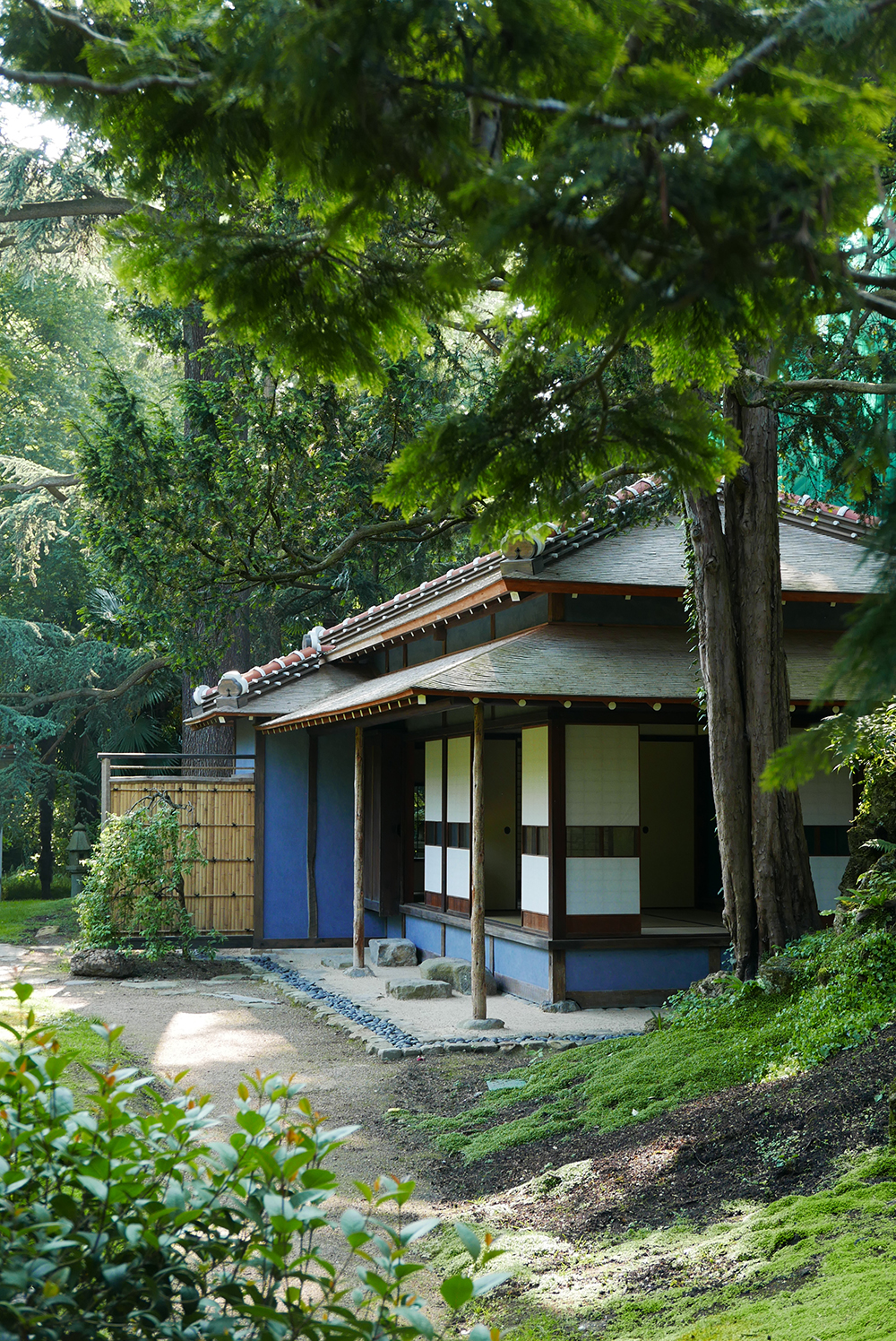
© Éditions Faton
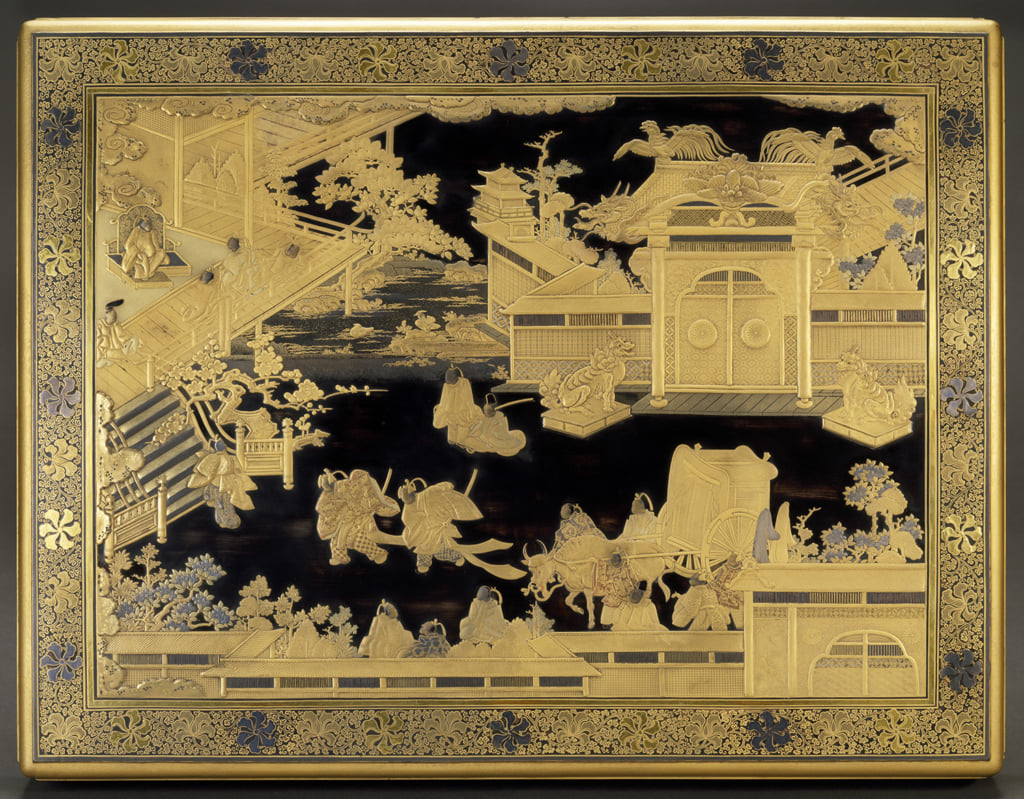
© Éditions Faton
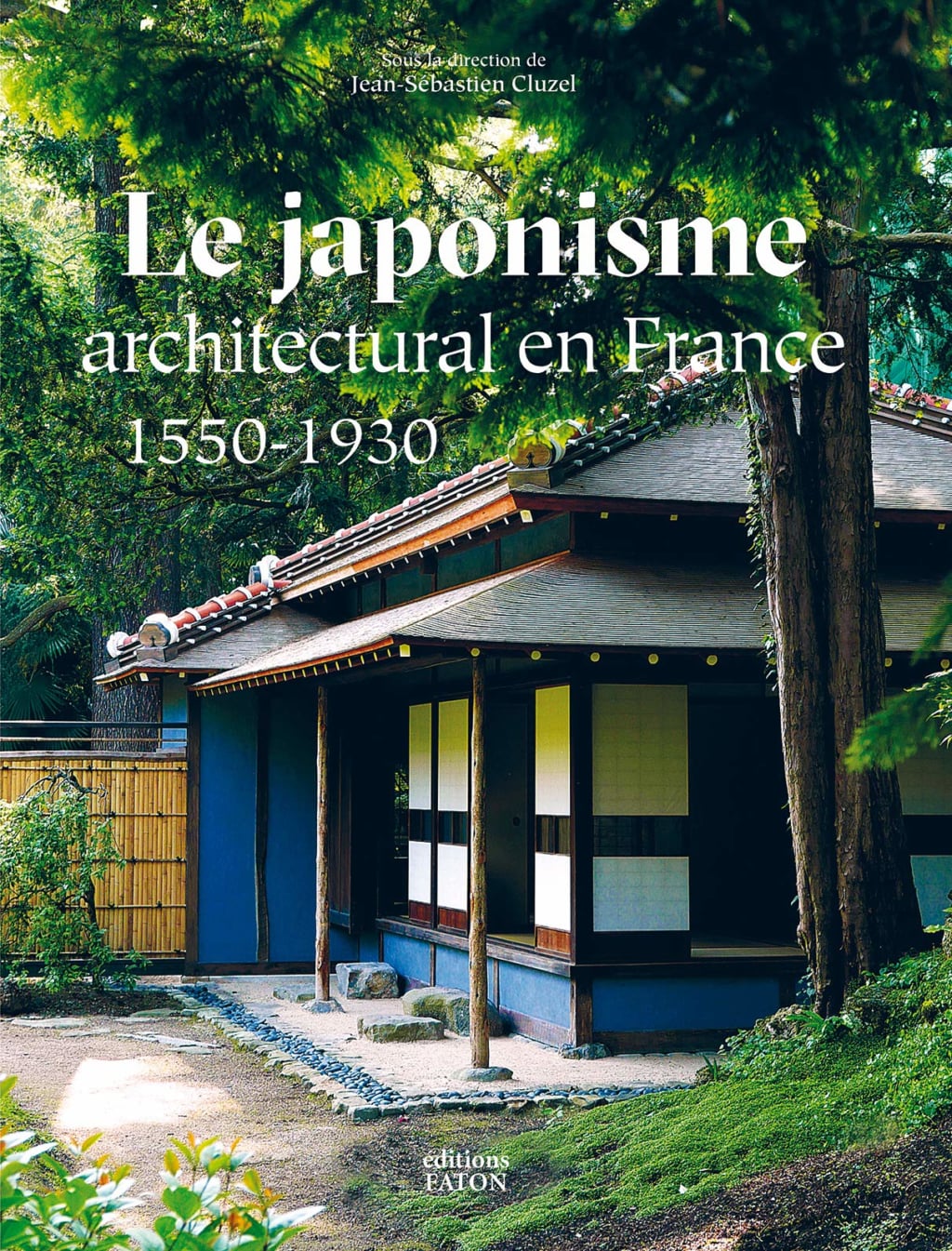
© Éditions Faton
TRENDING
-
A Rare Japanese Garden Hidden Within Honen-in Temple in Kyoto
Visible only twice a year, ‘Empty River’, designed by landscape architect Marc Peter Keane, evokes the carbon cycle.

-
Colour Photos of Yakuza Tattoos from the Meiji Period
19th-century photographs have captured the usually hidden tattoos that covered the bodies of the members of Japanese organised crime gangs.

-
The Forest that Inspired 'Princess Mononoke' in Yakushima
This mountainous island is teeming with natural wonders, from beaches with star-shaped sand to a virgin forest that inspired Hayao Miyazaki.

-
The Tattoos that Marked the Criminals of the Edo Period
Traditional tattoos were strong signifiers; murderers had head tattoos, while theft might result in an arm tattoo.

-
The Nobu Empire, the Fruit of the Friendship between the Chef and Robert De Niro
The two men are partners in Nobu Hospitality, a luxury restaurant and hotel brand that has become a global success.

